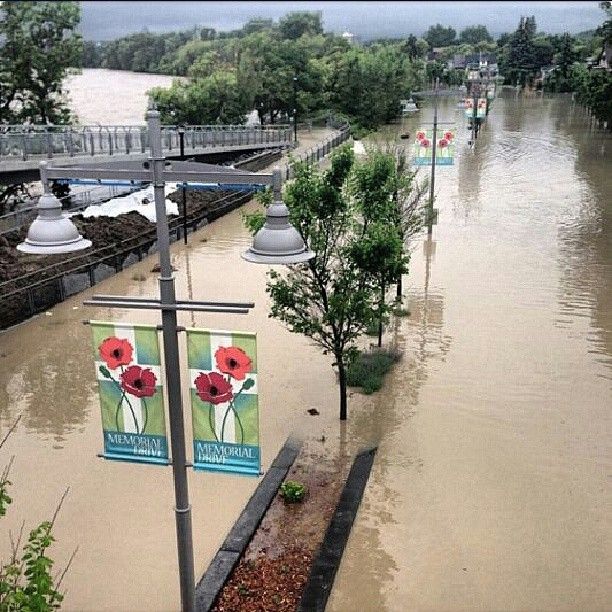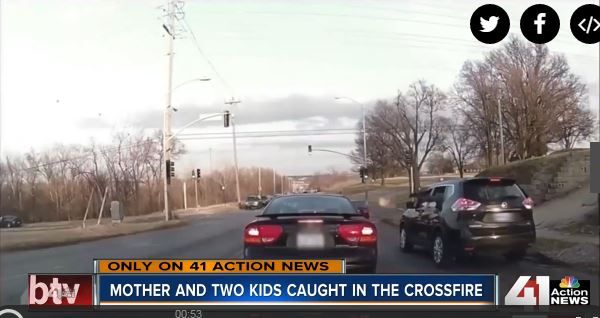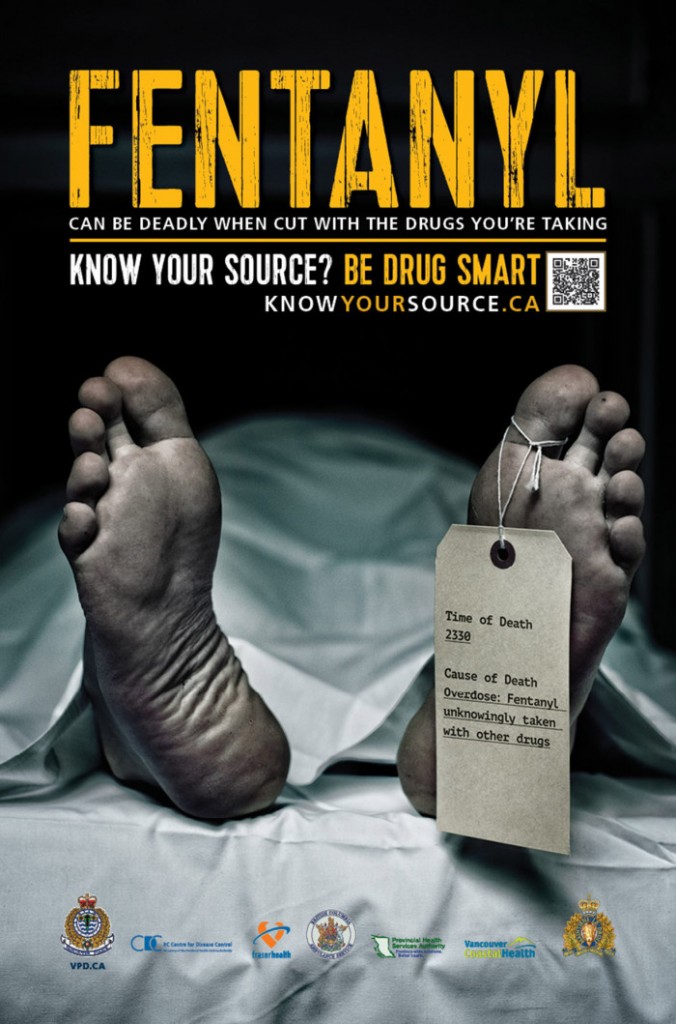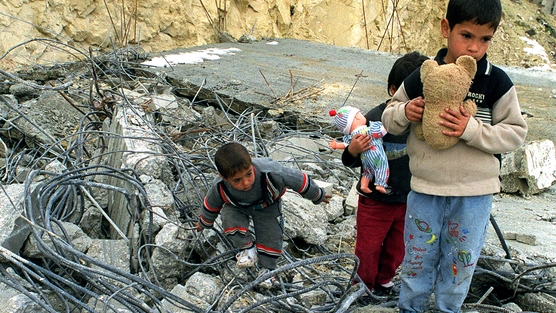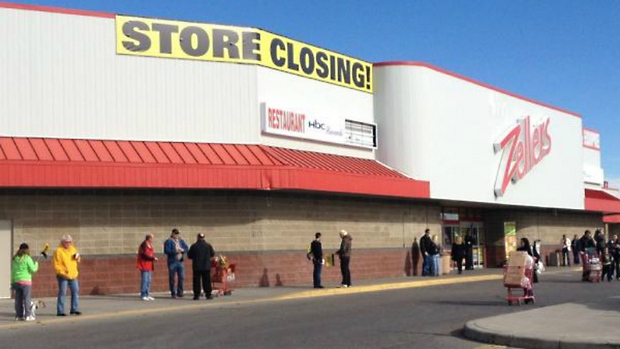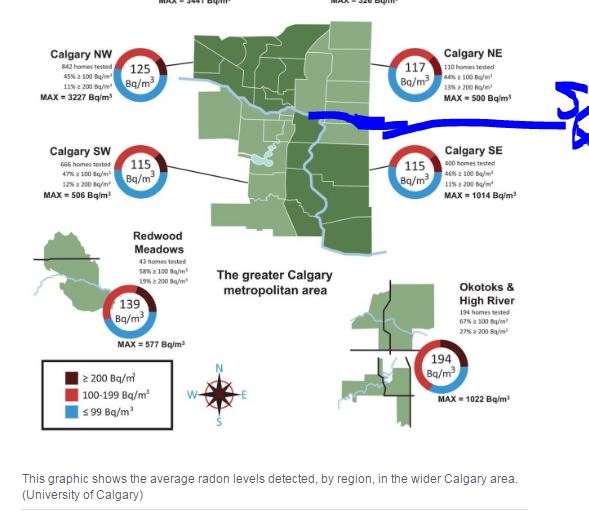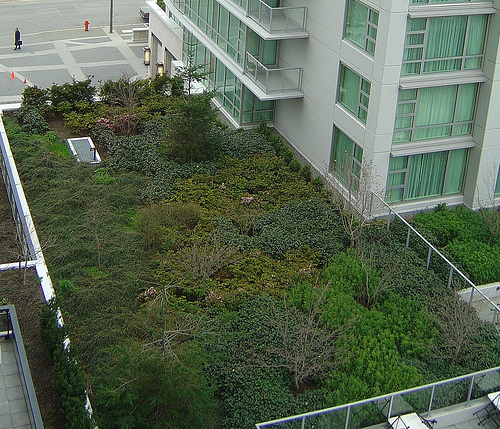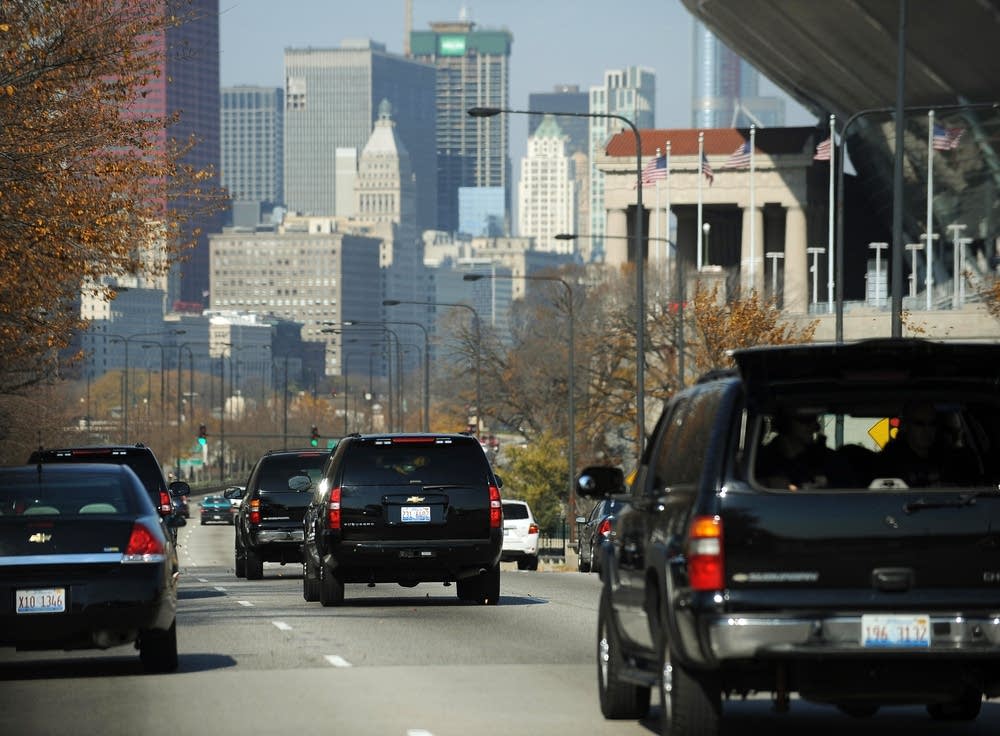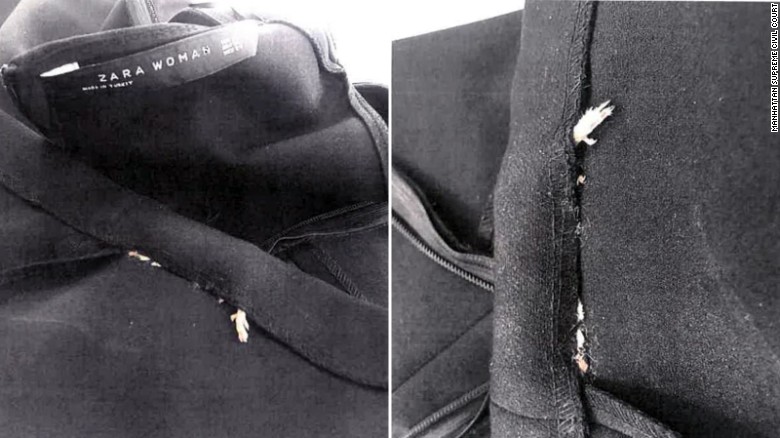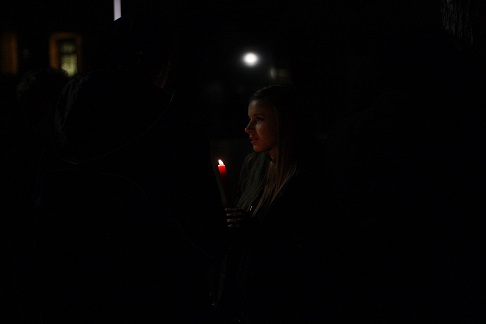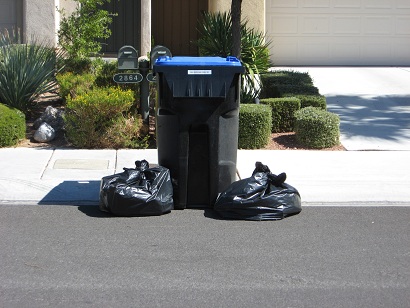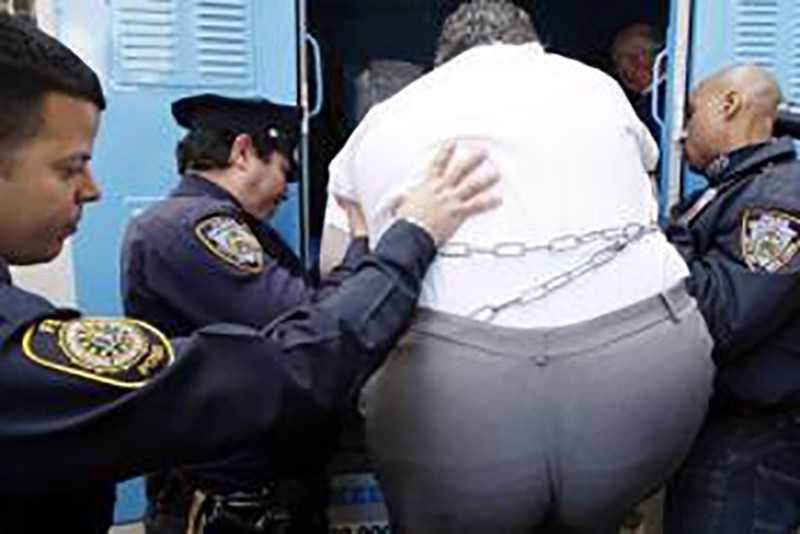Crime is up in Calgary but still not as bad as it was in the late 1990s and early 2000s
Surge in the past few years has been 'alarming' but city remains relatively safe, says justice studies prof

Crime is in the news every day but it's hard to get a good sense of what's happening in the city, overall, from individual stories about break-ins, drug busts, assaults and murders.
To understand the bigger picture, it helps to look at long-term trends.
Fortunately, Statistics Canada now has two full decades of detailed crime data available online.
- Scroll down for a detailed breakdown of different types of crime since 1998
Sifting through all those numbers reveals how things have changed in Calgary especially in the past few years.
Since 2014, the city has experienced a surge in both violent crime and property crime. Total drug crime, meanwhile, has gone down, but there's been a change in the types of drugs that are turning up on the street. And experts say that shift is connected to theincrease in other types of crime.
The recent surge is "alarming," says Mount Royal University justice studies professor Doug King, but it shouldn't be cause for panic.
All things considered,Calgary remains "remarkably safe" compared with what it was like in the past, and compared with many other cities, he says.
But let's take a closer look at the numbersto see exactly how Calgary compares.
Crime severity
One tool Statistics Canadauses is the "crime severity index."
This measures not just how many crimes are happening but also how serious they are, based on actual sentences handed down by the courts for each type of offence.
It all adds up to an indexed "score" that can be used for comparisons. A baseline score of 100 represents the national level of crime severity in 2006.
For most of the past two decades, Calgary's crime severity was lower than the national average.
But that changed with the recent spike in crime. You can see that in the green line in the graph below.
(Can't see the graph? Click here for a version that should work on your mobile device.)
As you can also see from the graph, crime severity in Calgary was worse in the late 1990sand early 2000s than it is now, even with the recent increase.
And crime here remains less severe than in other parts of Alberta.
"In relationship to places like Edmonton, we are safer in terms of crime severity and overall crime rates," said King.
A big part of the increase in Calgary's crime severity index has to do with a spike in violent crimes.
Violent crime
Calgary's rate of violent crime reached a low point in 2013 but has been steadily rising since.
You can explore how various violent crimes have changed over the past 20 years using the interactive chart below. Just click on the drop-down menu to change between offences.
And pay close attention to the numbers on the left-hand side of the chart. They represent the number of reported offences per 100,000 people.
(Can't see the graph?Click herefor a version that should work on your mobile device.)
But it's not just violent crimes that have been on the rise.
Calgary has also experienced a sudden and sustained increase in property crime.
Property crime and other non-violent crime
Back in 1998, Calgary's property crime rate had reached a height of 6,500 incidents per 100,000 residents.
Things trended downward for the next 16 years, and property crime bottomed out in 2014 at a rate of just over 3,000.
But then in 2015, it suddenly jumped back over 4,000 and has been stuck at roughly the same level since.
(Can't see the graph?Click herefor a version that should work on your mobile device.)
Over the past few years, in particular, the city has seen an increase in break-ins, thefts and fraud.
This has been linked to the economic downturn, by both Calgary's former police chief and in academic research.
There's one type of crime that has actually been decreasing lately, however: Drug-related offences.
Drug crime
The overall rate of drug crimes reached a 20-year low in 2017.
This was largely due to a massive decline in the number of cannabis possession offences, which are down 74 per cent from their height in 2001.
(Can't see the graph?Click herefor a version that should work on your mobile device.)
At the same time, however, other types of drug offences have seen big increases.
Possession charges for opioids and crystal meth were almost non-existent a decade ago, but both have surged in the past few years and reached 20-year highs in 2017.
These newer types of drugs really started showing up in larger numbers back in 2014, said Calgary's acting Deputy Chief Ryan Ayliffe, and coincided with the start of the economic downturn.
That combination of factors is largely connected to the crime increase, Ayliffe said, as fewer job opportunities and an increase in drug addiction often leadpeople to criminal activity.
And just a quick note: If you're looking foropioidnumbersin the interactive graph above, you won't see them, directly. That's because drugs likefentanylhaven't been separately tracked by Statistics Canada, which classified them as "other." (You will note the large surge in that "other" category, however.)
Statistics Canada plans to trackopioids, specifically, from 2017 onward.
In response to the changing crime trends, police have taken several steps.
Police response
Ayliffe said Calgary police have boosted resources in targeted areas to address specific types of crime that have been on the rise.
They've also improved intelligence sharing between their own departments and with other law-enforcement agencies that operate outside the city.
Police are also working to address addiction issues and other social conditions related to criminal activity, he said, by fostering partnerships with groups who work in those fields.
"All hands are on deck, so to speak," Ayliffe said. "We're really engaging our partners within the city and all other social agencies that would have any sort of stake in this entire issue."
As someone who studies criminal justice, King says it's important to keep the recent crime surge in context.
"People in Calgary, people in surrounding communities, people in Canada, generally, are safer than they have been for a very long time now," he said.
"So we should be comforted by that."
- Readmorearticles byCBCCalgary, like us onFacebookfor updates and subscribe to ourCBC Calgary newsletterfor the day's news at a glance.
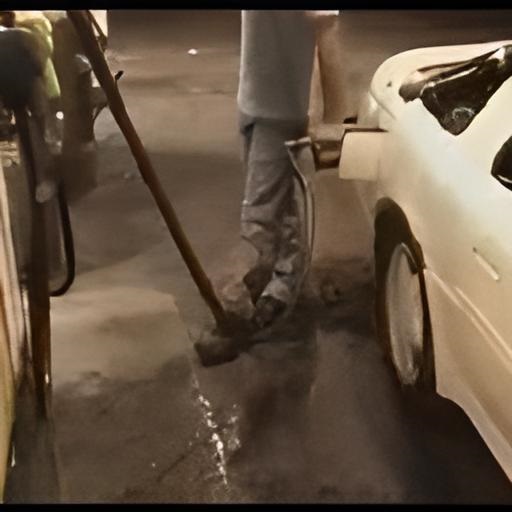
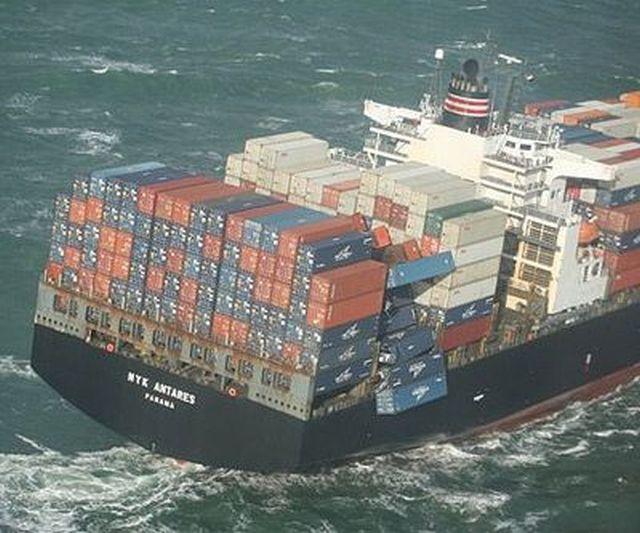

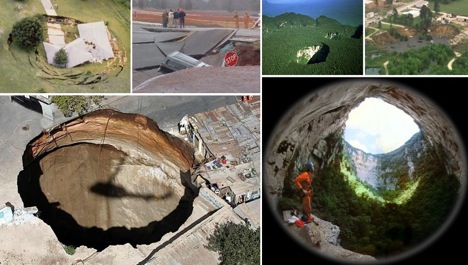




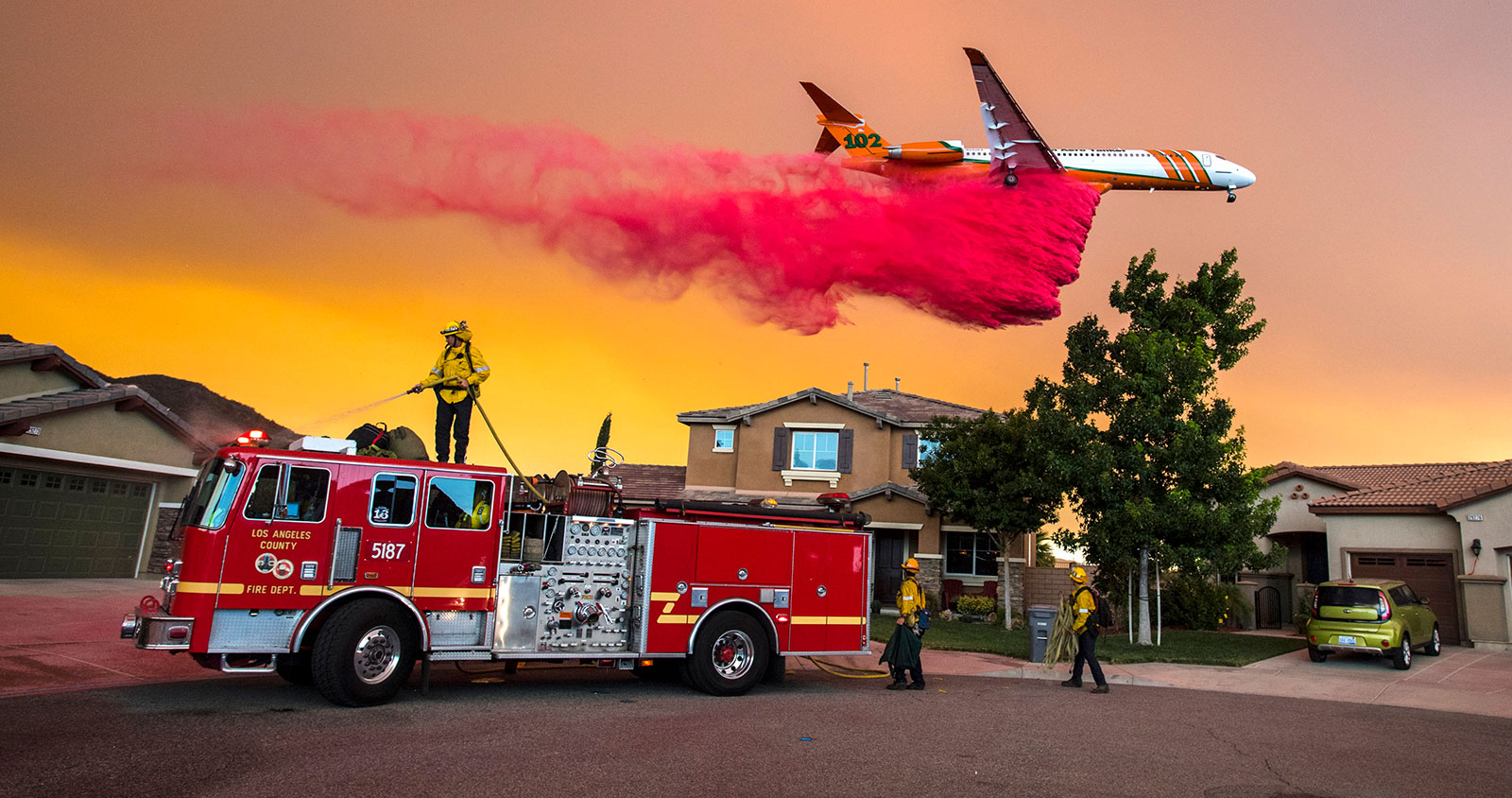



_(720p).jpg)

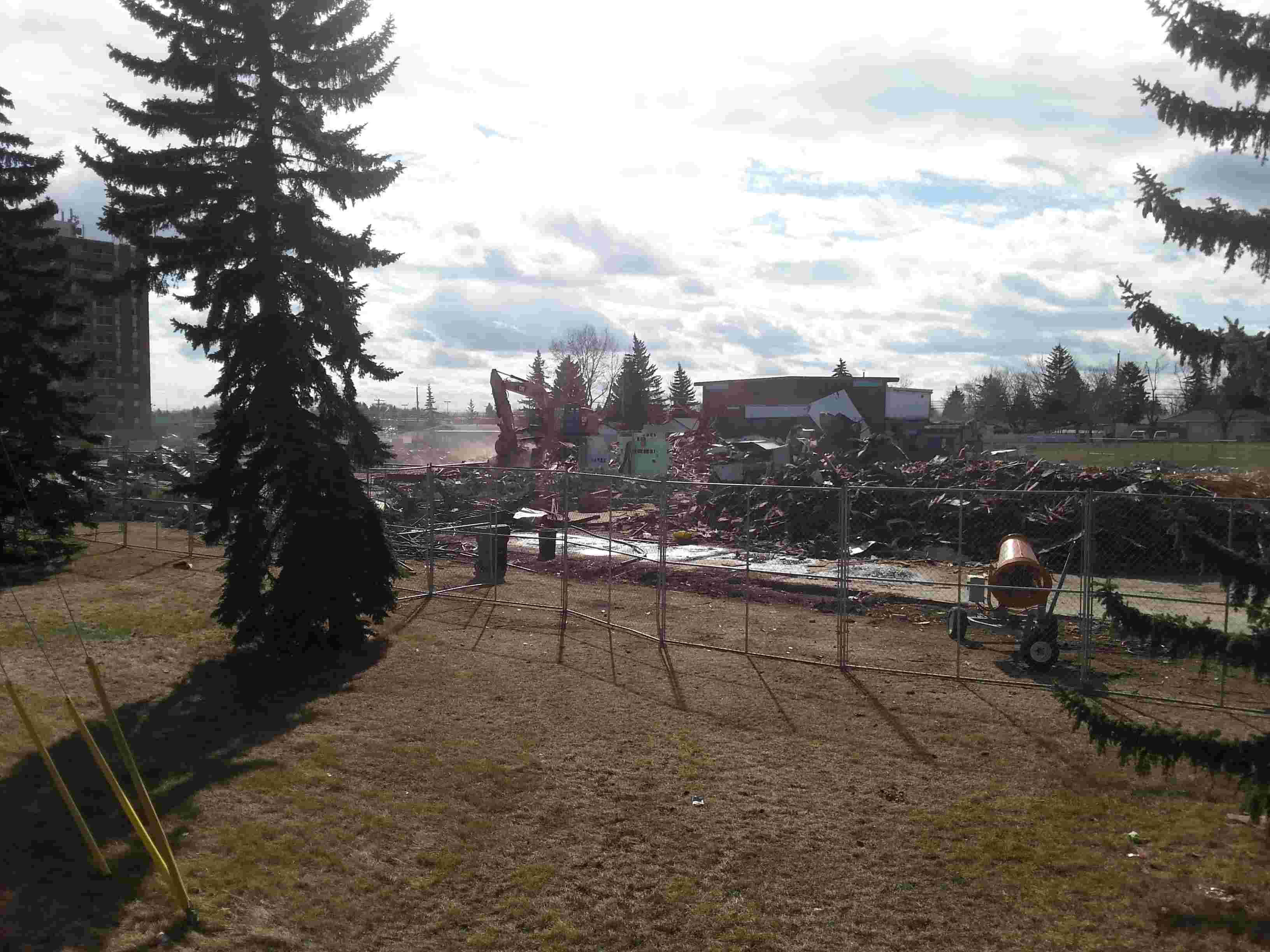
 OFFICIAL HD MUSIC VIDEO.jpg)
.jpg)










